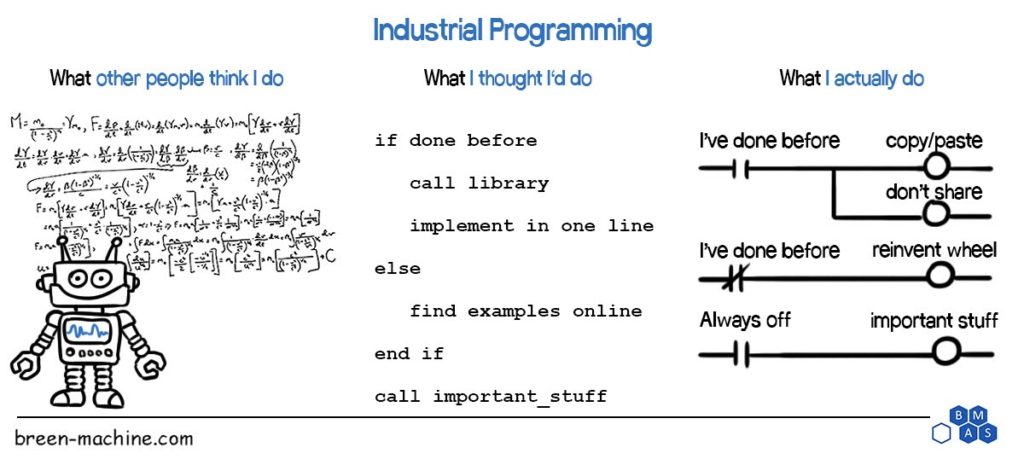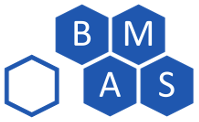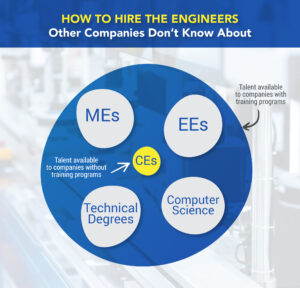
How I Got Started Programming
I started programming as an early teen. Receiving a bachelor’s degree in Computer Science, I’ve worked as a software and web developer for over a decade. I’ve been a programmer for most of my life before the degree: teaching myself, learning new languages, trying new things. But transitioning to industrial programming was without a doubt the biggest changeup in my history.
Adding Ladder Logic to the Mix
The first thing you notice about industrial programming, ladder logic, is that it looks like a bad visual IDE. Like somebody tried to give you a flowchart you could drag and drop onto. And, considering it’s mostly just a mix of logical gates, it really does behave like that.
Once you start to tinker, get your head around it, it’s usable. Sure, basic structures like loops are a mess. The variable structure is ugly. The whole program is stuck in an infinite while loop. But the thing that’s going to slow you down the most is how much you’re going to need your mouse.
With an object-oriented language (OOL) like Java, VB, or any common scripting language you can get by with very infrequent mouse usage. You get to the place you want to edit and just start typing. Occasionally a double-click here and there but mostly you just type; it’s all characters and symbols. To further speed things up, many IDEs have an auto-completion function built-in, so you don’t even have to type everything you want.
In ladder, you can often set keyboard shortcuts to keep things moving but navigating between rungs with only the arrow keys can be tedious. When it takes too long to get to where you need to be or to make your changes you lose track of what you’re doing. It’s more than just slowing down the execution, it can outright derail your train of thought. You know that phenomenon where you walk into a room and forget why you went in there? Imagine that happening every 10 seconds.
Going back to an OOL and a modern IDE you have autocompletion of variables and method names, easy navigating, better code organization and structure, and, best of all, good use of screen real estate. Instead of a bunch of boxes and arrows to space things out, all you have are letters and numbers – you can see much more information without having to scroll around.
Ultimately the biggest hurdle I found when switching to industrial programming is how slow it is. It’s a beast of its own in a variety of ways but there’s only so much you can do to get around the speed issue. Things are just going to take longer to write in ladder.
Looking Forward
As for the other issues, well, they’re remnants of the early days of an industry that has been slow to adapt. That is exactly why I think the industry needs more PC programmers. Industry hasn’t seen significant changes to its programming methodologies in decades despite immense improvements in other fields. It needs fresh ideas and modern concepts. PLC programming is not fun, it’s not efficient, and it’s not easy to maintain. And yet, I believe it to be a very worthwhile skill. Because frankly, the more PC people who learn it the faster we can help the industry evolve its methods to more accessible and maintainable solutions.

About the Author
David is a driven problem solver with a background in PC application and web development. He thrives on challenging tasks and tight deadlines, generally preferring high-pressure projects and living out of a suitcase. When he’s not working 100 hour weeks he can usually be found in the gym or the local pool hall, almost certainly making new friends.








Excellent information you have shared, thanks for taking the time to share with us such a great article.